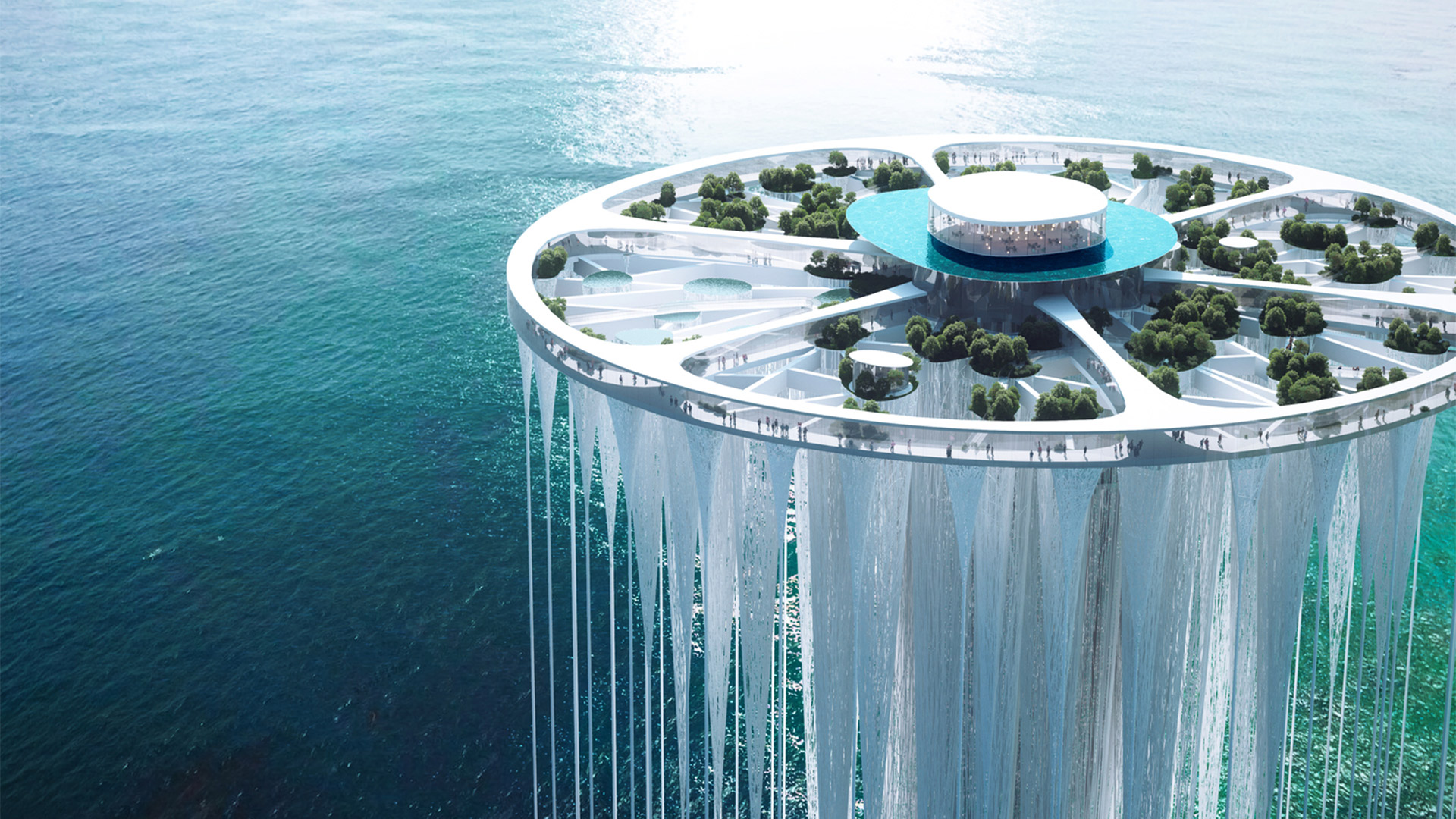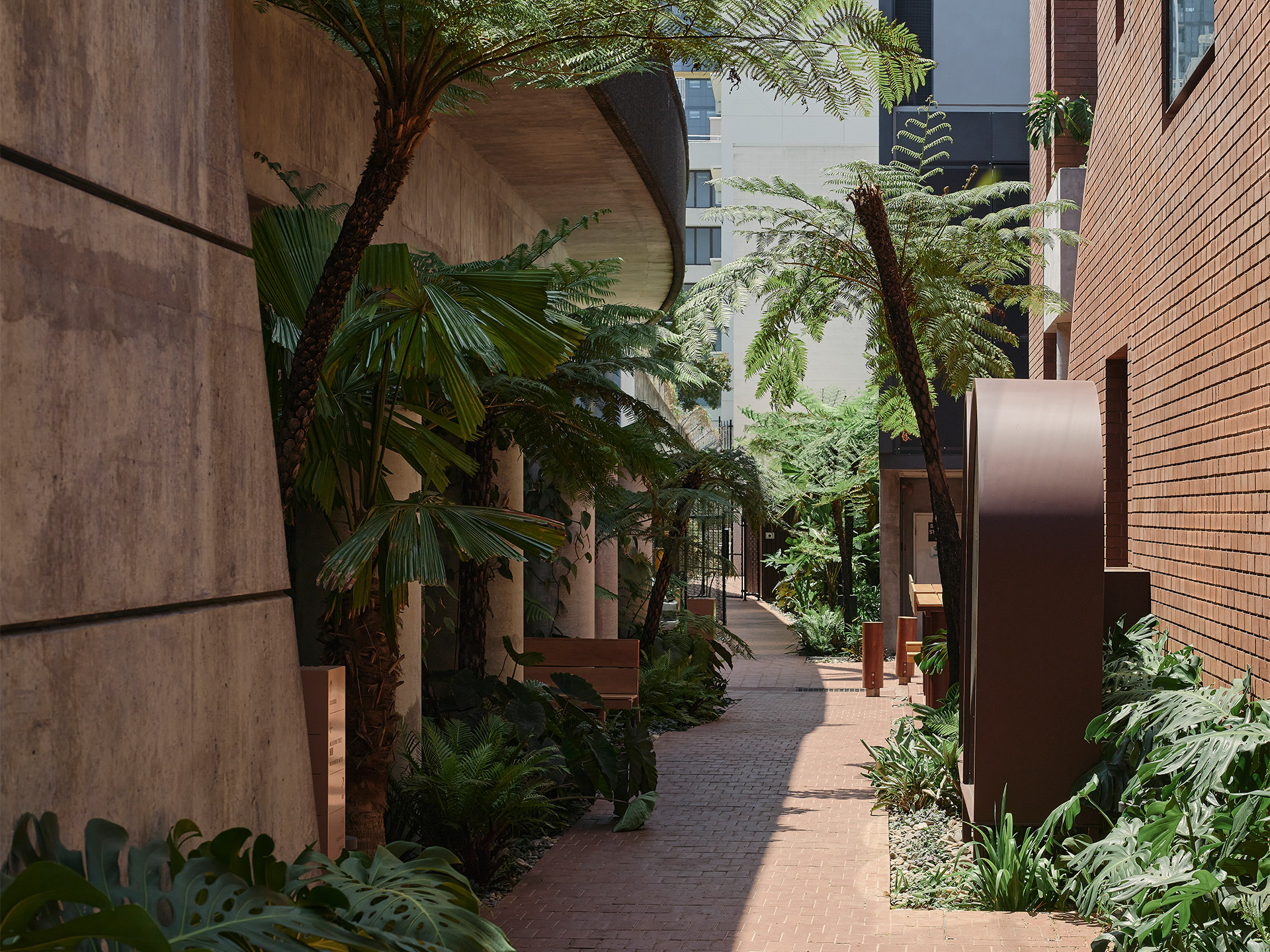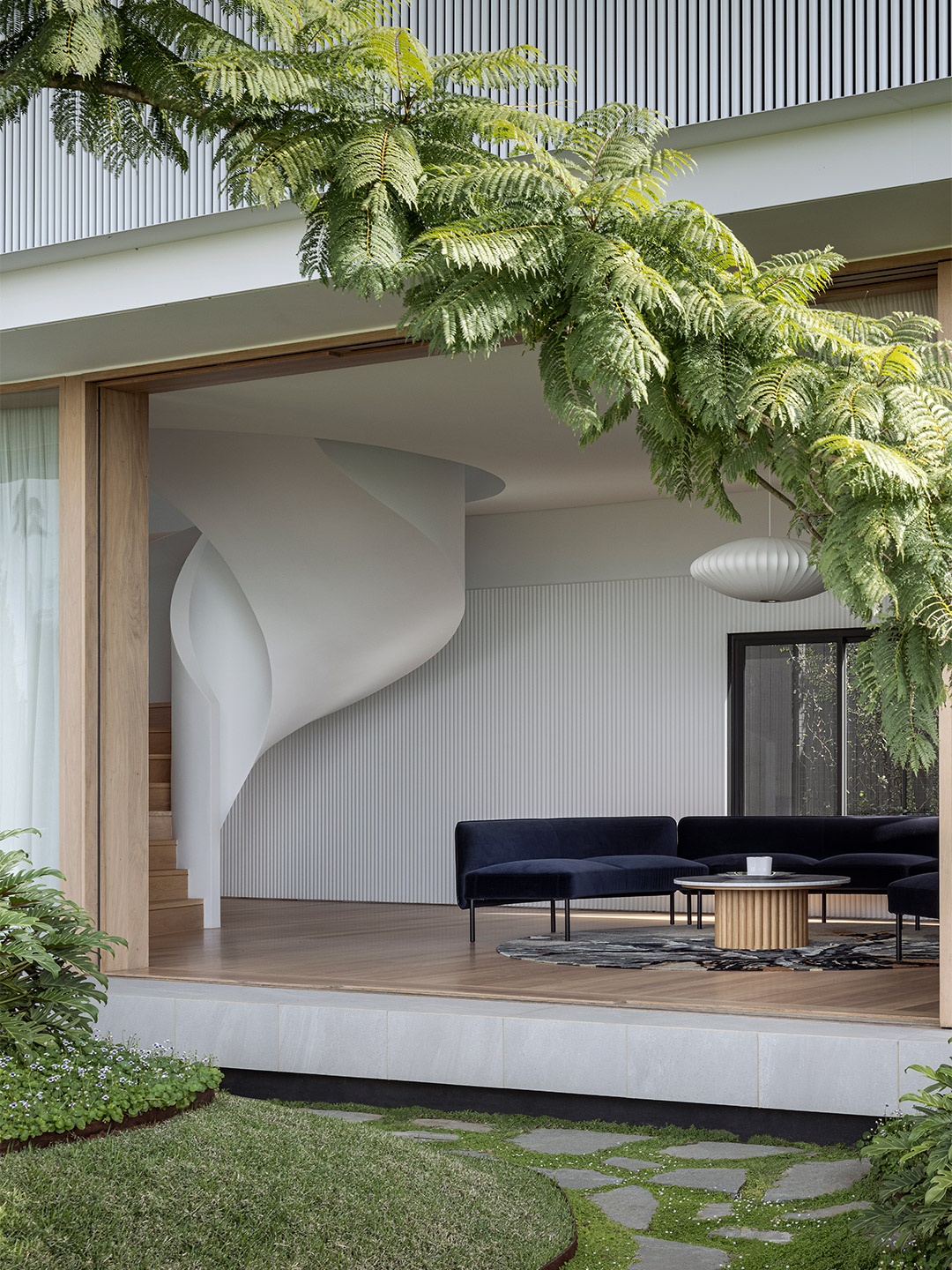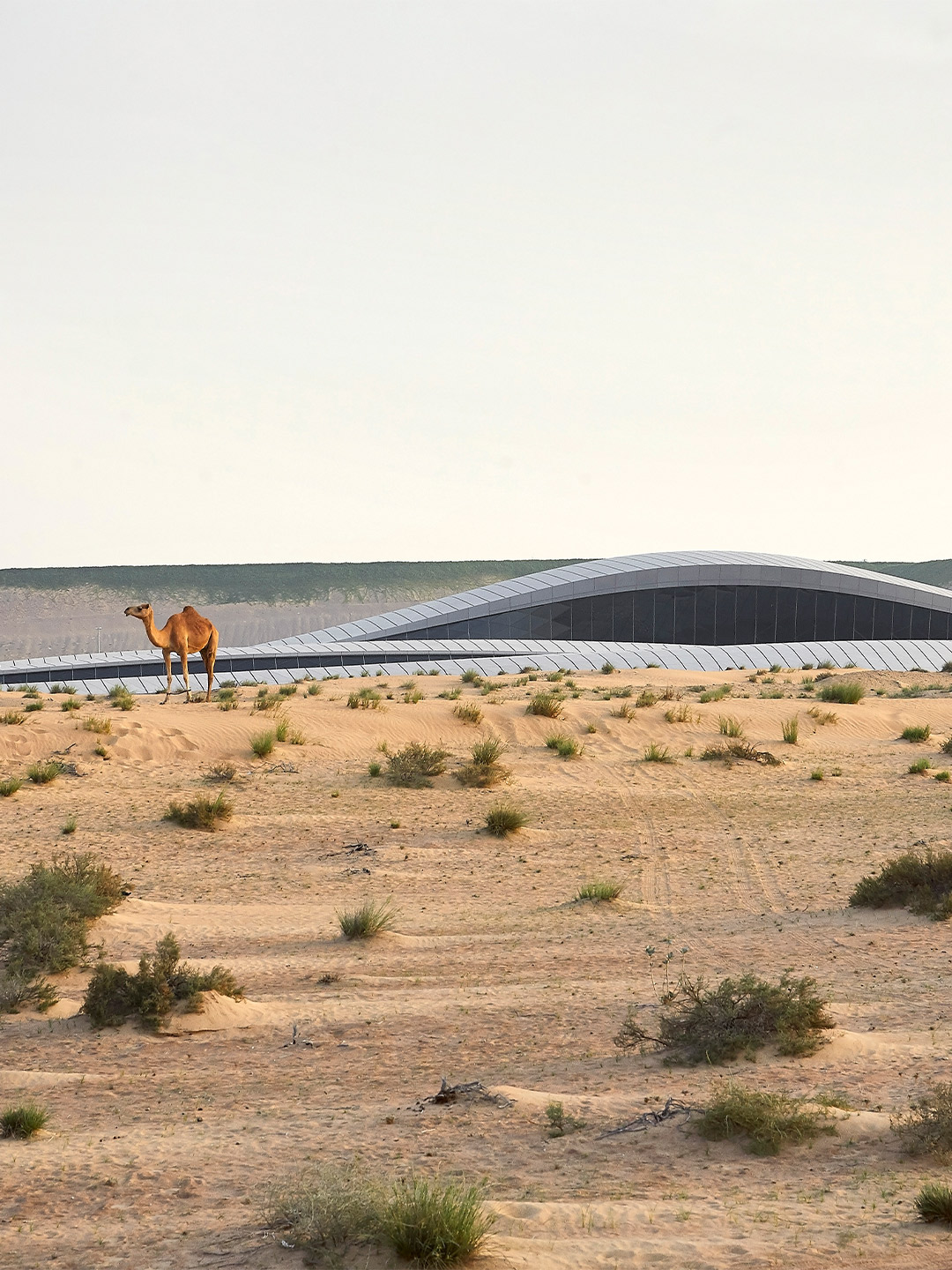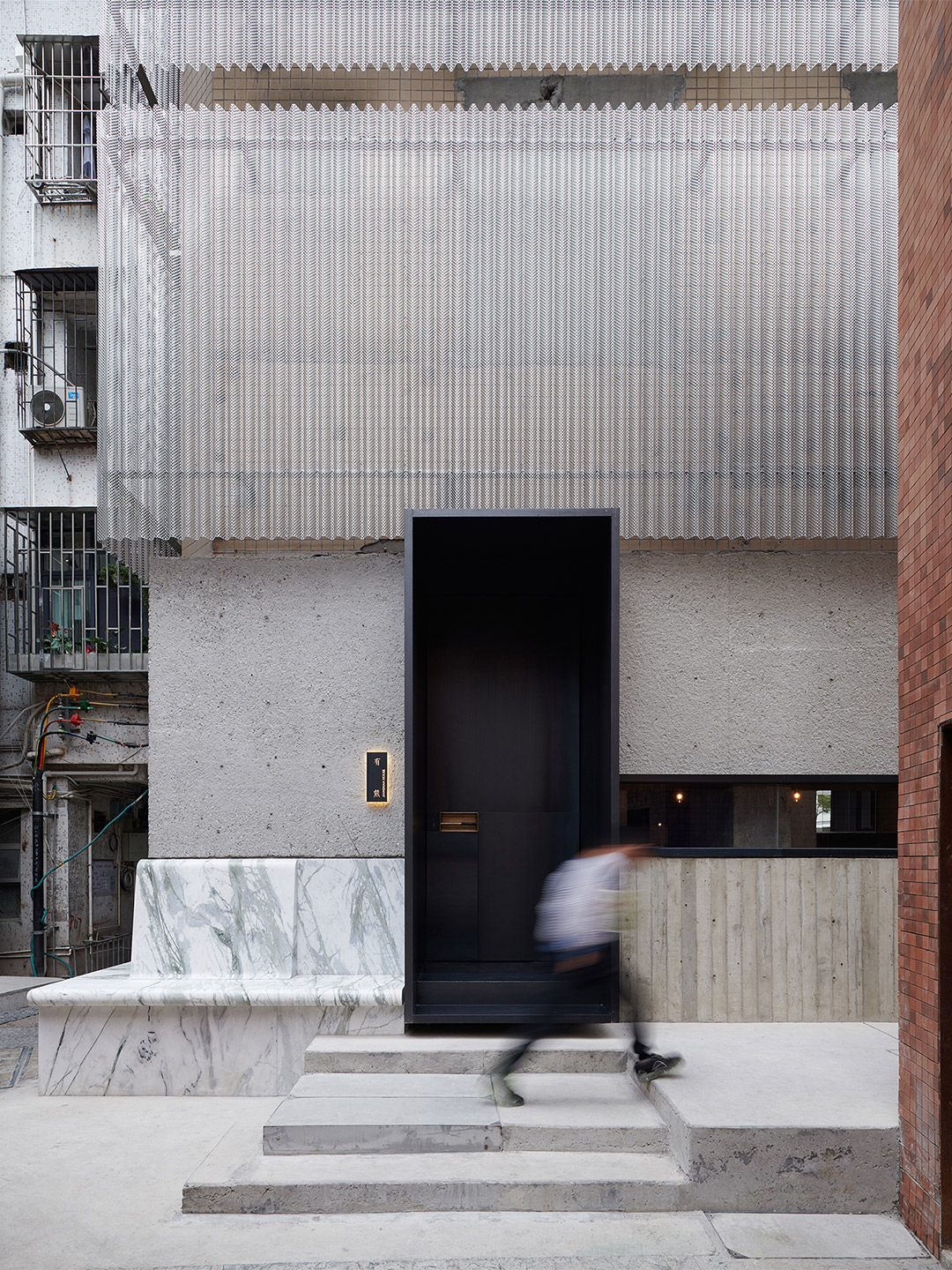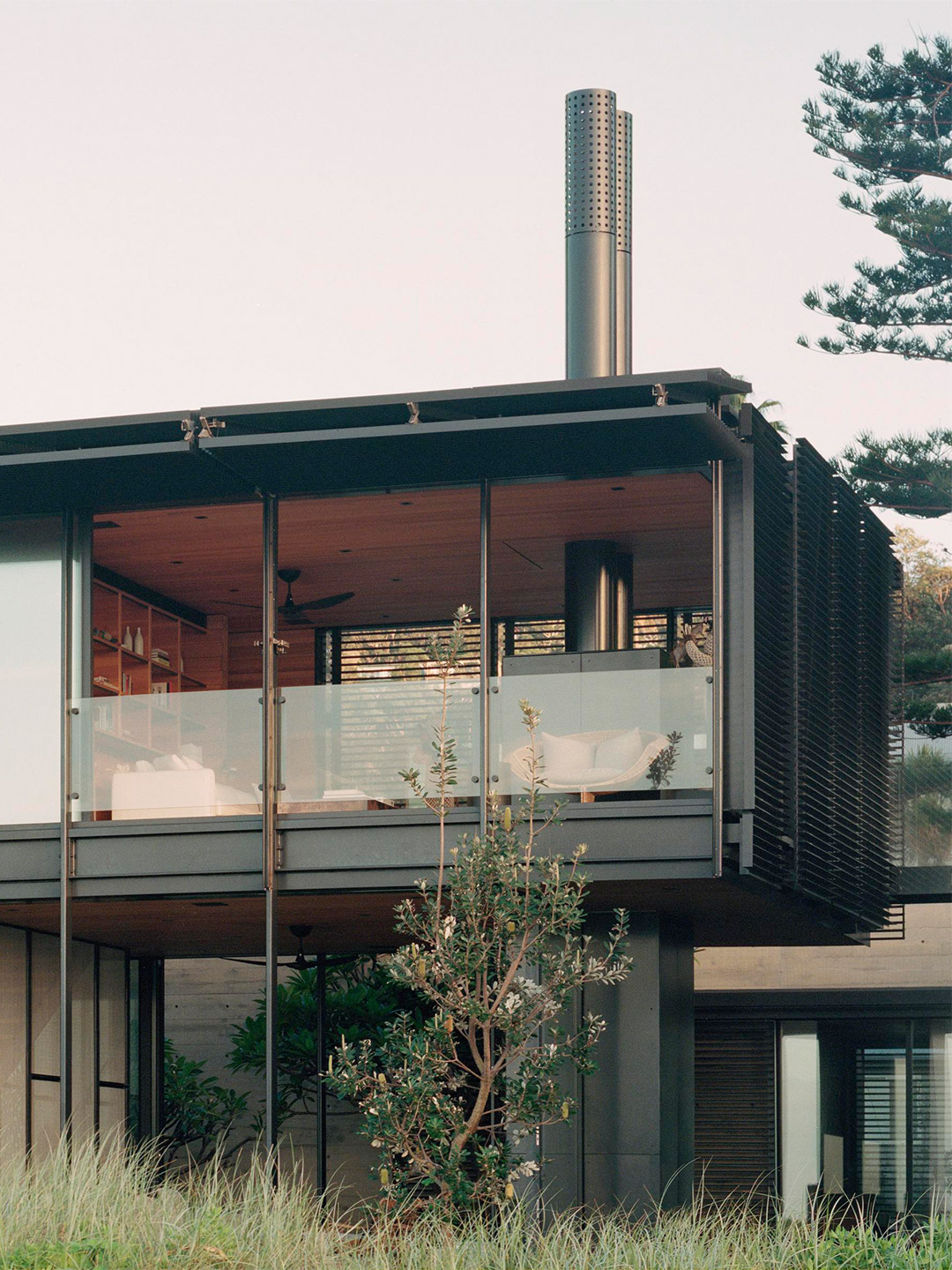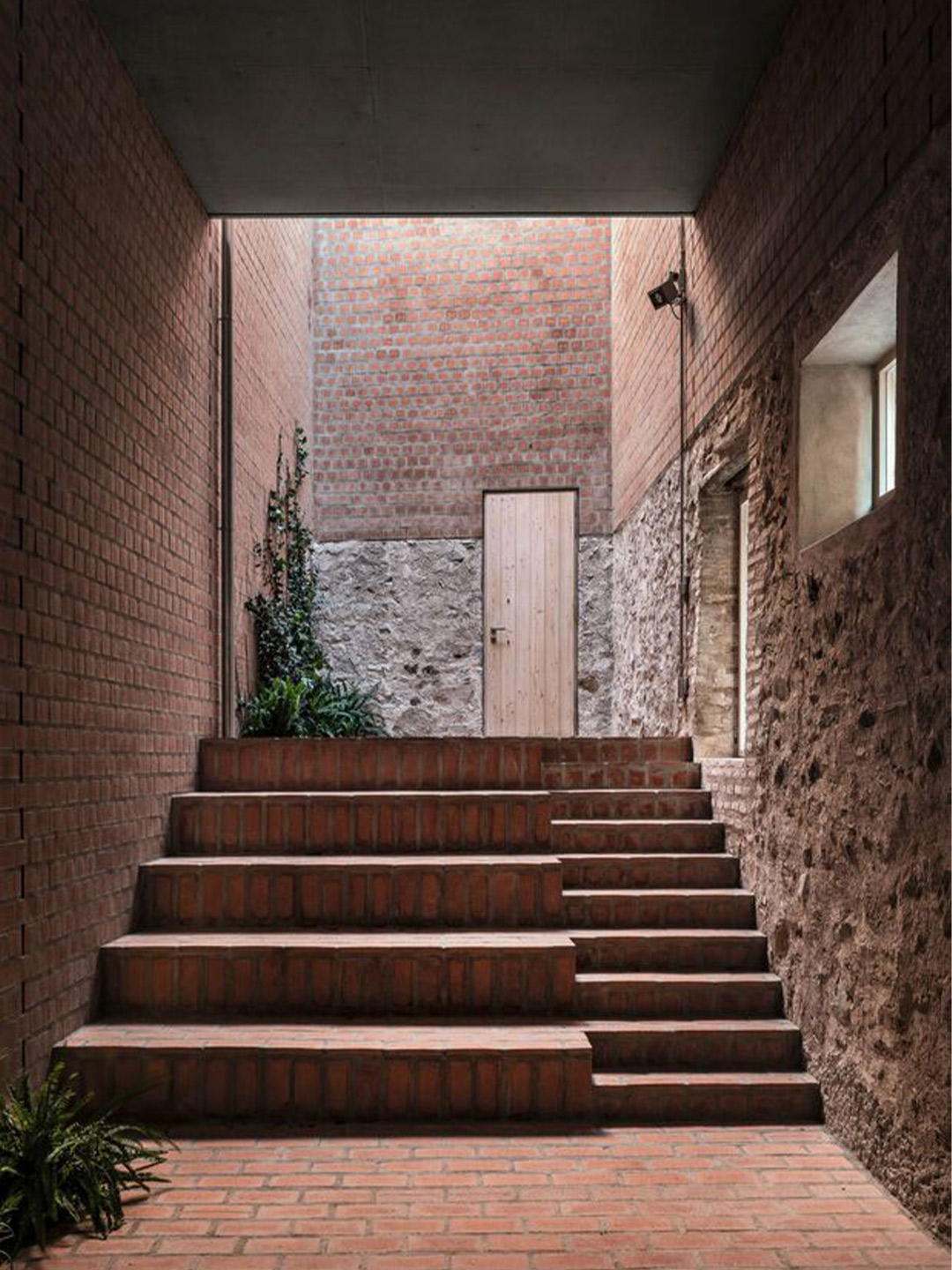Sou Fujimoto Architects has revealed its impressive designs for a landmark tower in Shenzhen, China. The gutsy proposal was entered into an international competition where no first prize was awarded. However, the design by Sou Fujimoto was given the top ranking through earning second place.
As shown in preliminary illustrations of the structure, the Sou Fujimoto team investigated how the ‘tower’ typology could be reimagined in the 21st century, informed by the success of well-established, more traditional landmarks such as the Eiffel Tower in Paris.
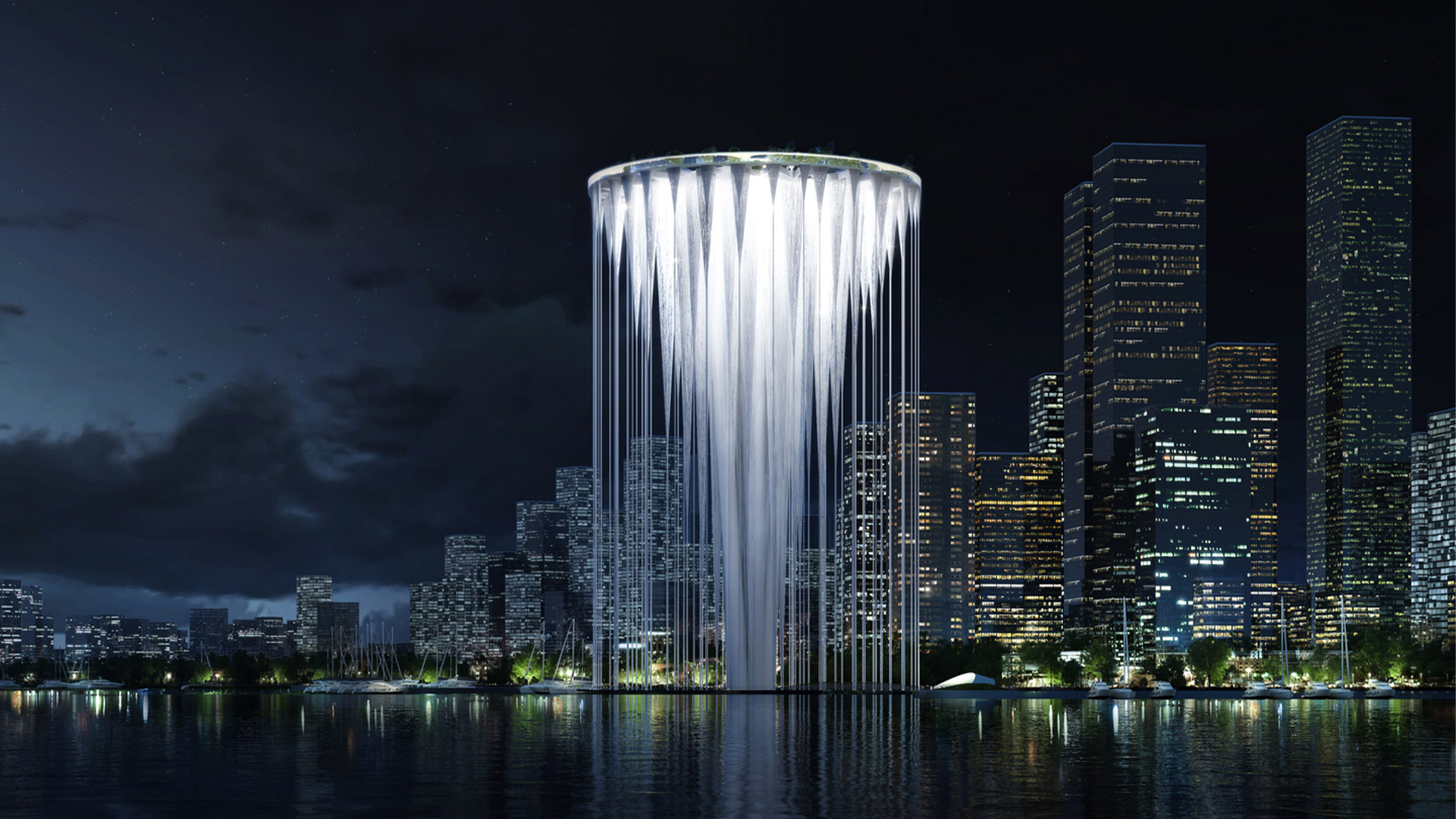
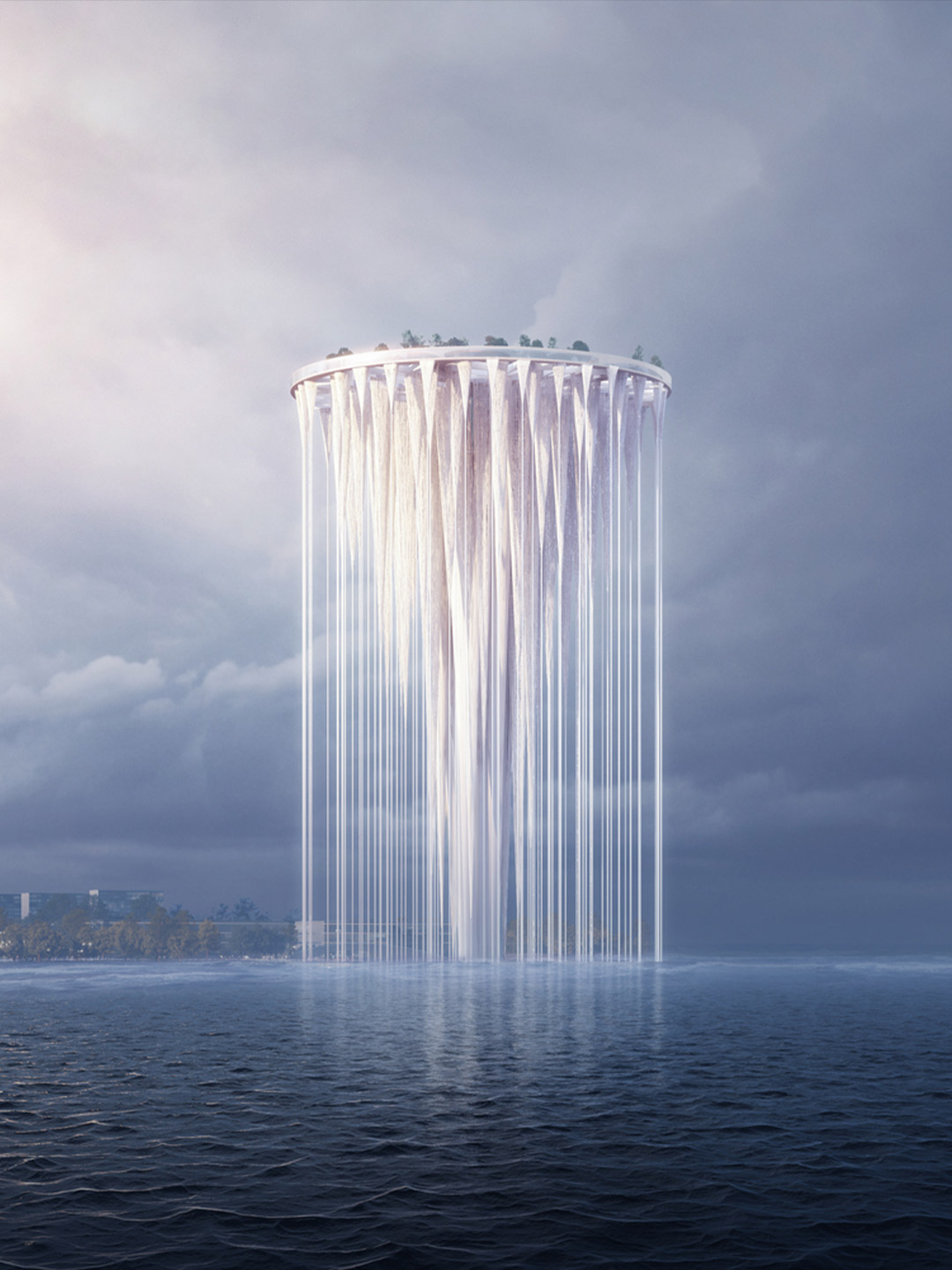
‘Floating’ tower in Shenzhen by Sou Fujimoto Architects
The resulting design sees 99 towers ‘floating’ with limited points of contact to a central tower. “Being one and many simultaneously, it symbolises the future of societies in the age of diversity,” says a statement from Sou Fujimoto Architects. At the top – 268 metres from the ground – the structure spreads broadly among the clouds, inspired by the behaviour of flowers.
The central tower creates a strong core where tension cables then give structural balance to the overall scheme. This allows for a disc-like horizontal plane on the upper levels, gradually vanishing as it descends towards the shoreline. It’s the disappearing illusion of the tower that gives the scheme the ‘floating island’ nickname.
On its rooftop platform, the architects have carved out a restaurant, walkway, sky lobby and an exhibition space – each with breathtaking views across Shenzhen. At the very base of the structure, a watery landscape would welcome public seating, an event space, ticketing facilities and a public entrance.
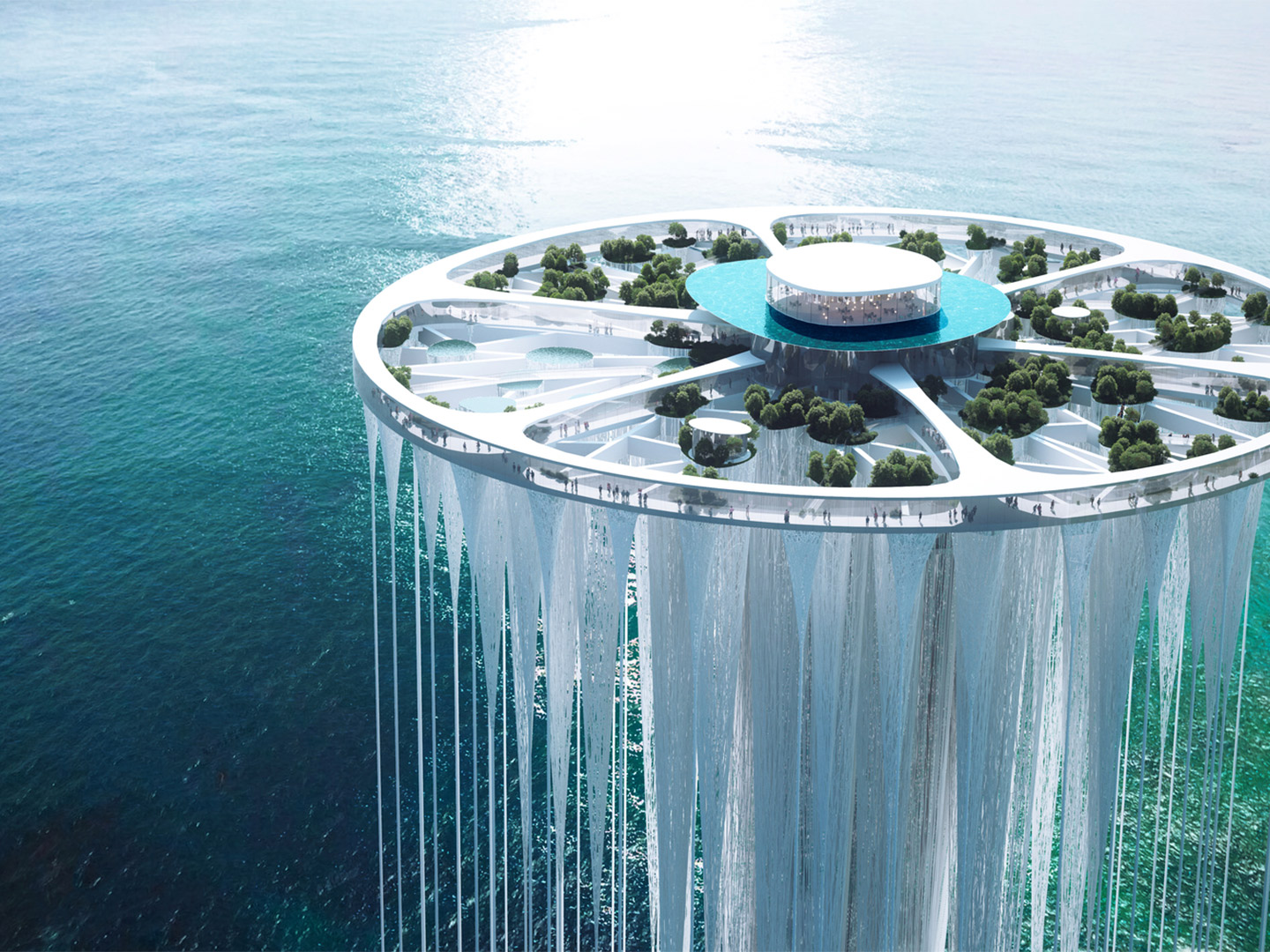
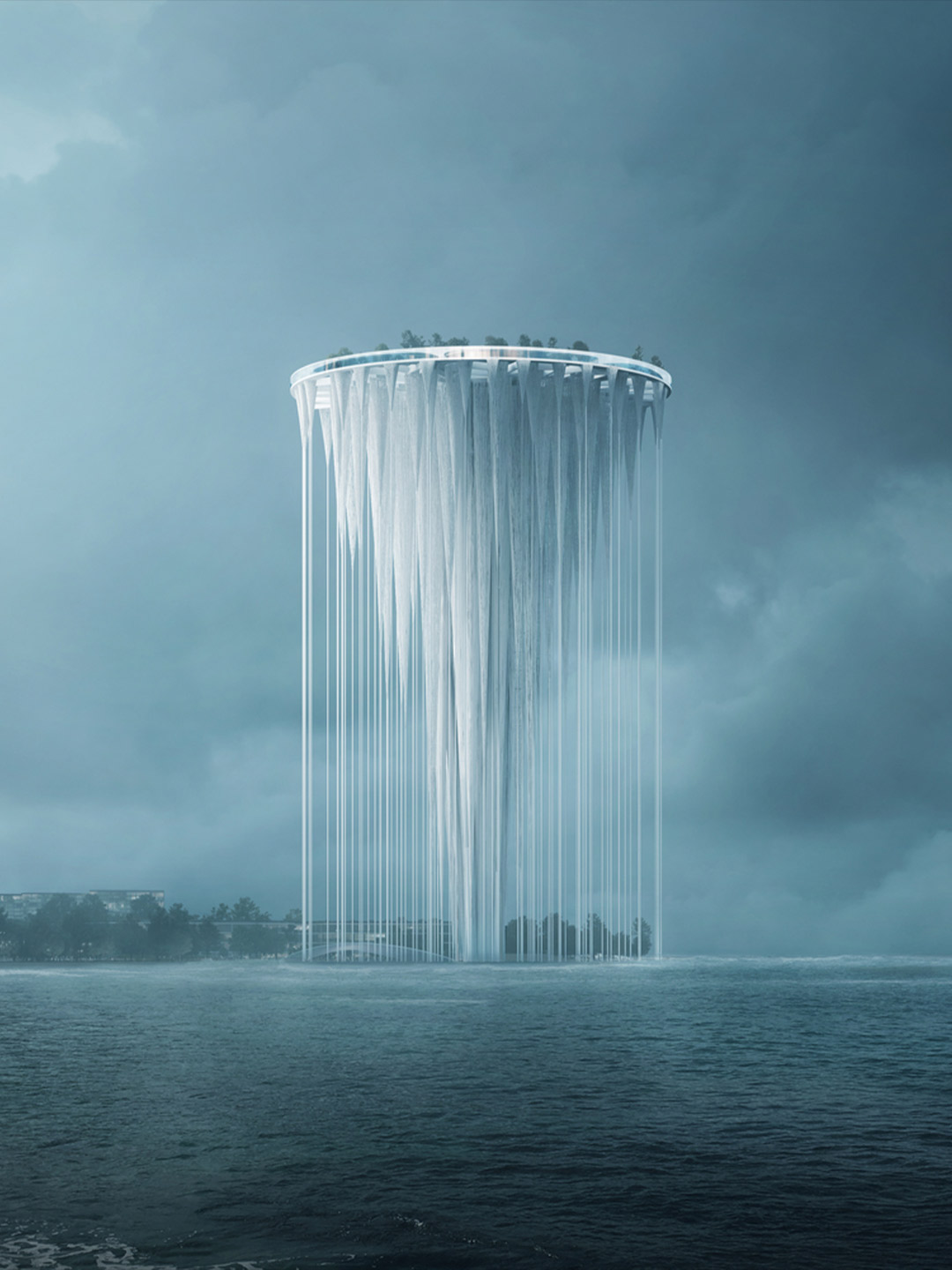
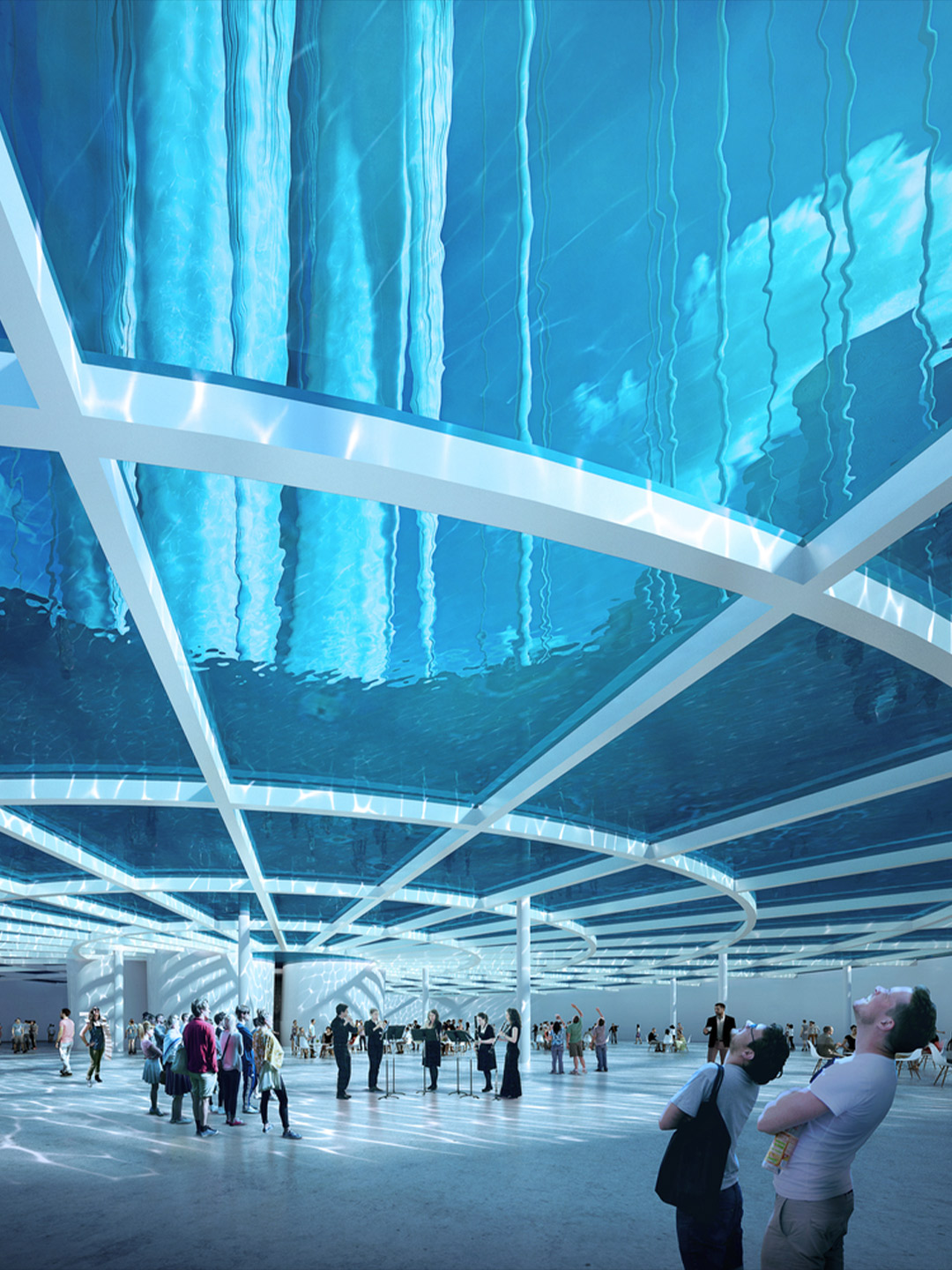
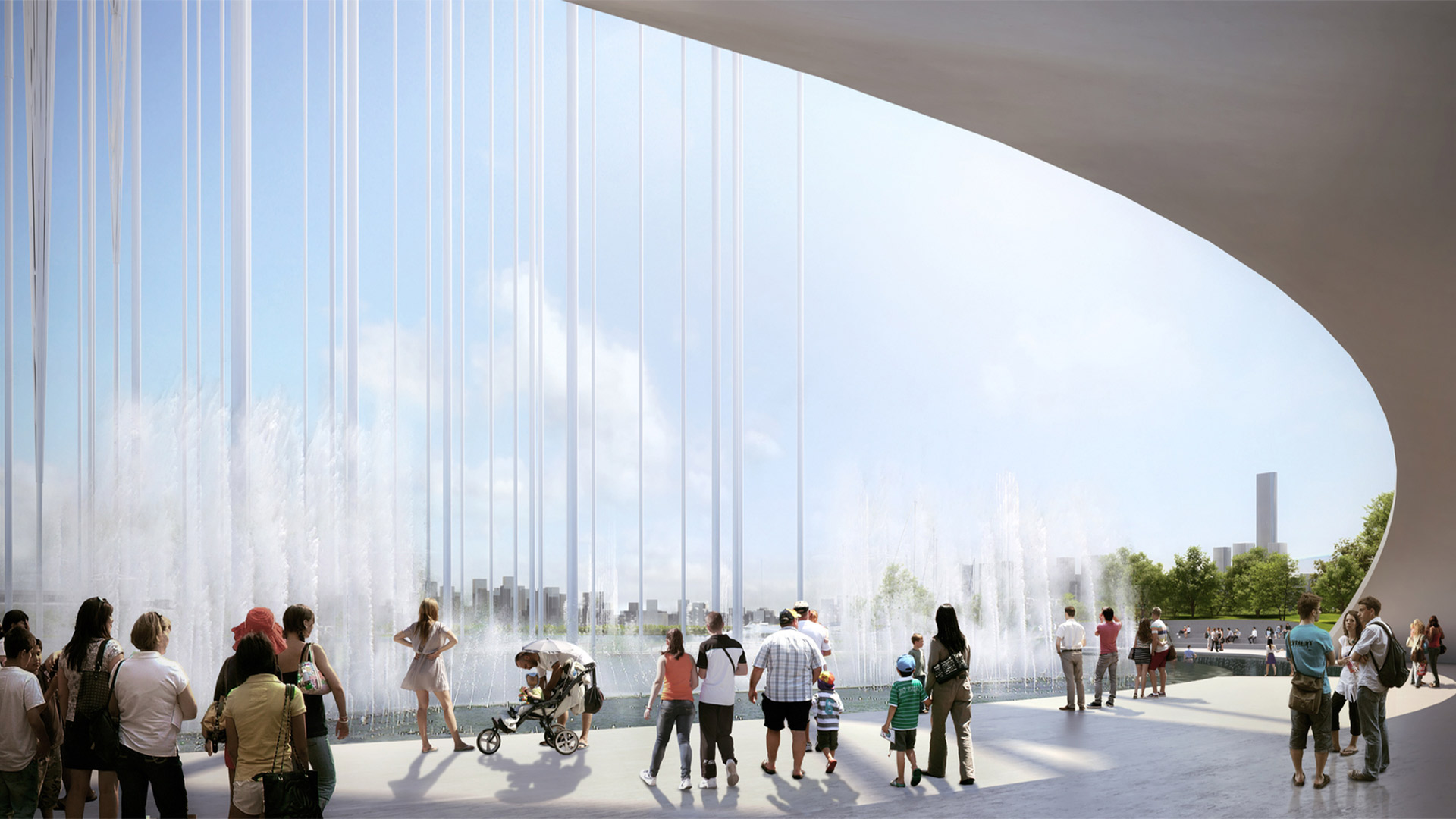
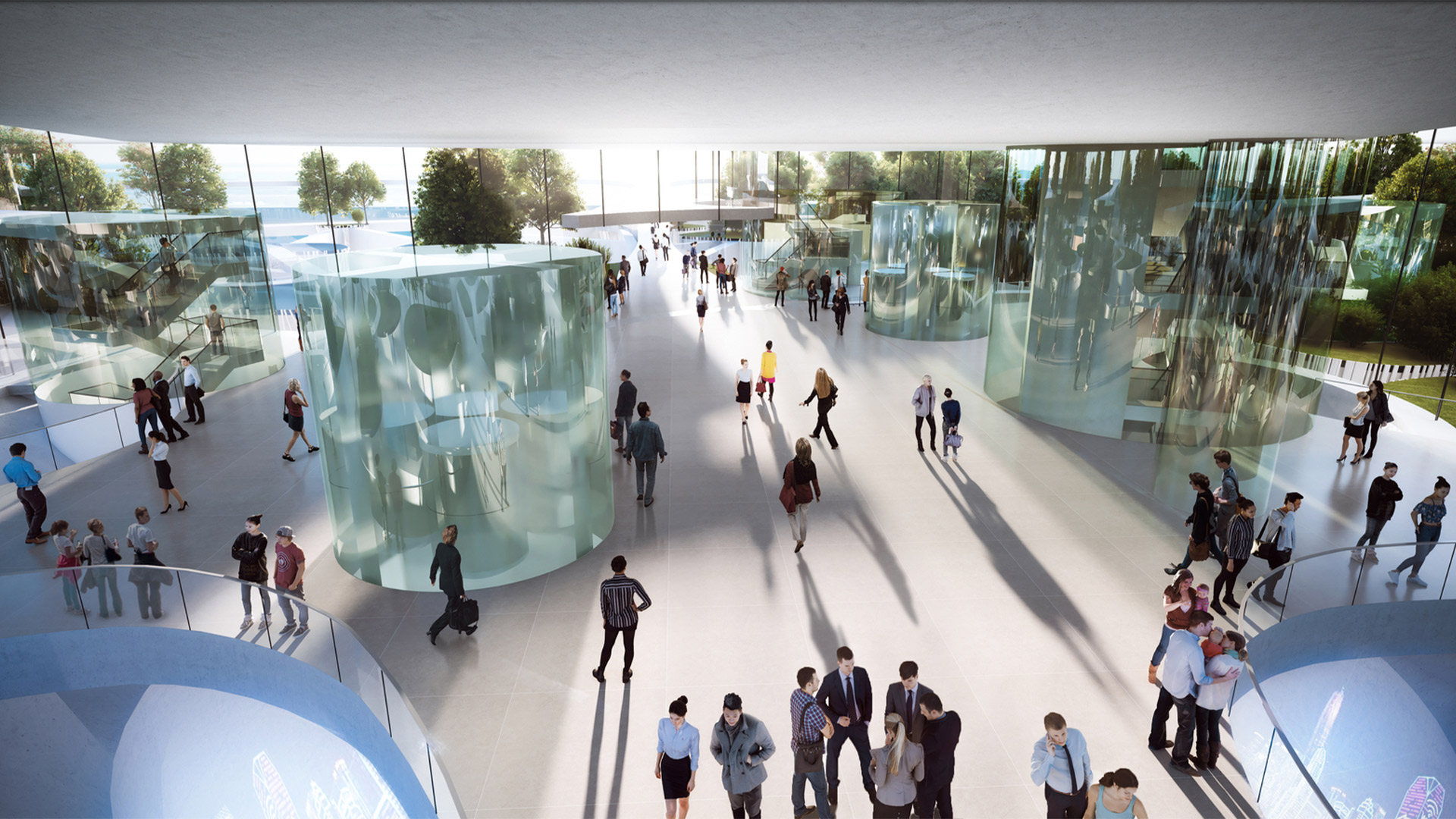
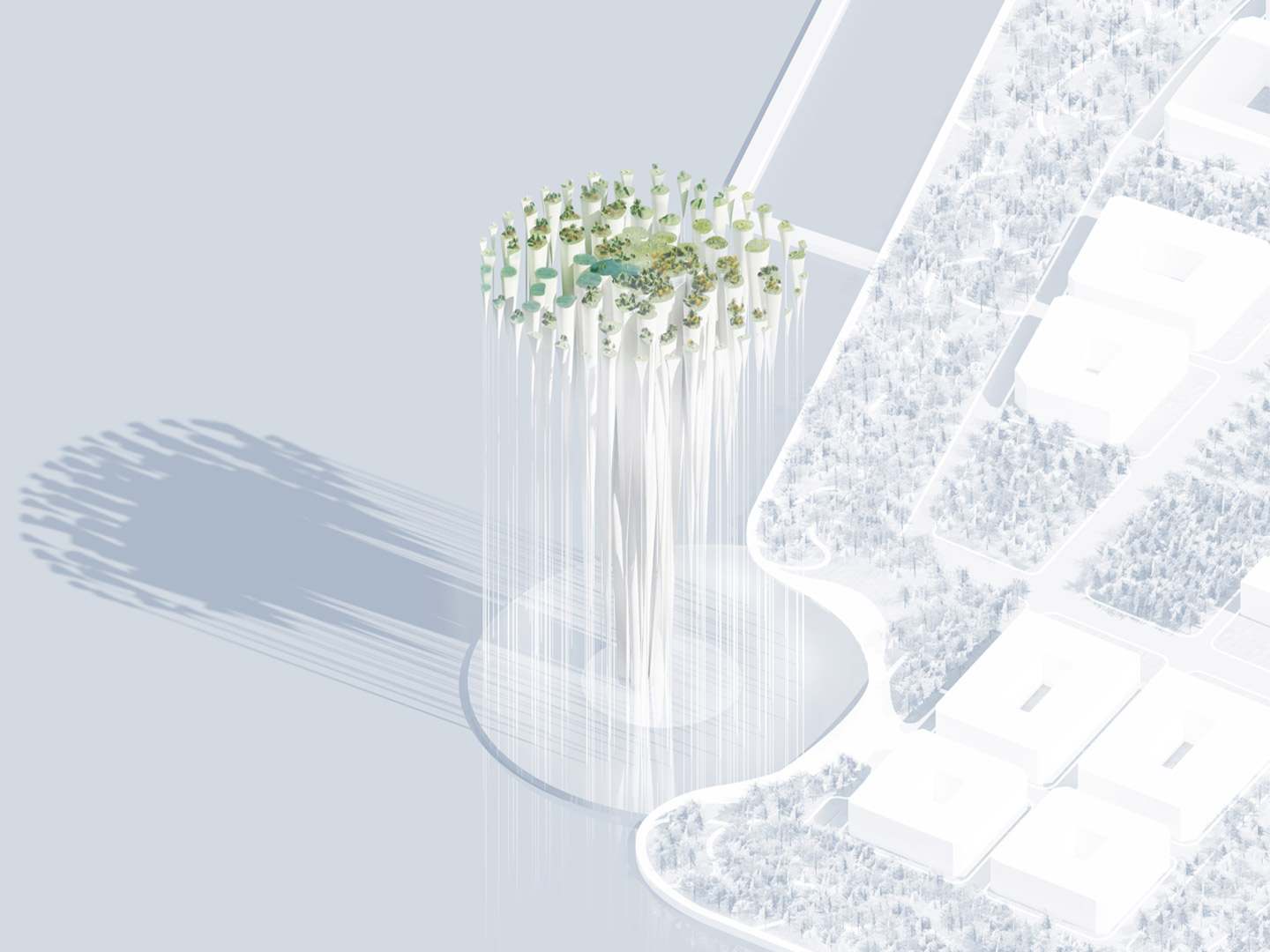
Also in China, Neri&Hu has unveiled a teahouse with an ancient relic at its heart; MAD Architects has imagined a new Civic Centre for Jiaxing; and Roarc Renew has opened the TaoCang Art Centre in Wangjiangjing Town. Catch up on more architecture and design highlights. Plus, subscribe to receive the Daily Architecture News e-letter direct to your inbox.
Being one and many simultaneously, it symbolises the future of societies in the age of diversity.
